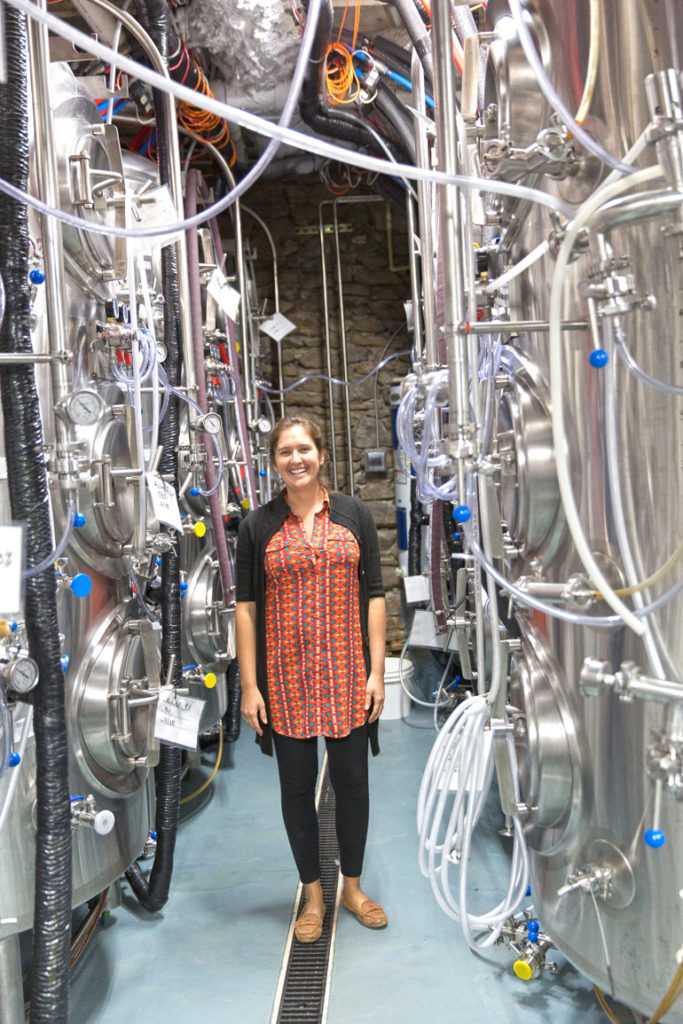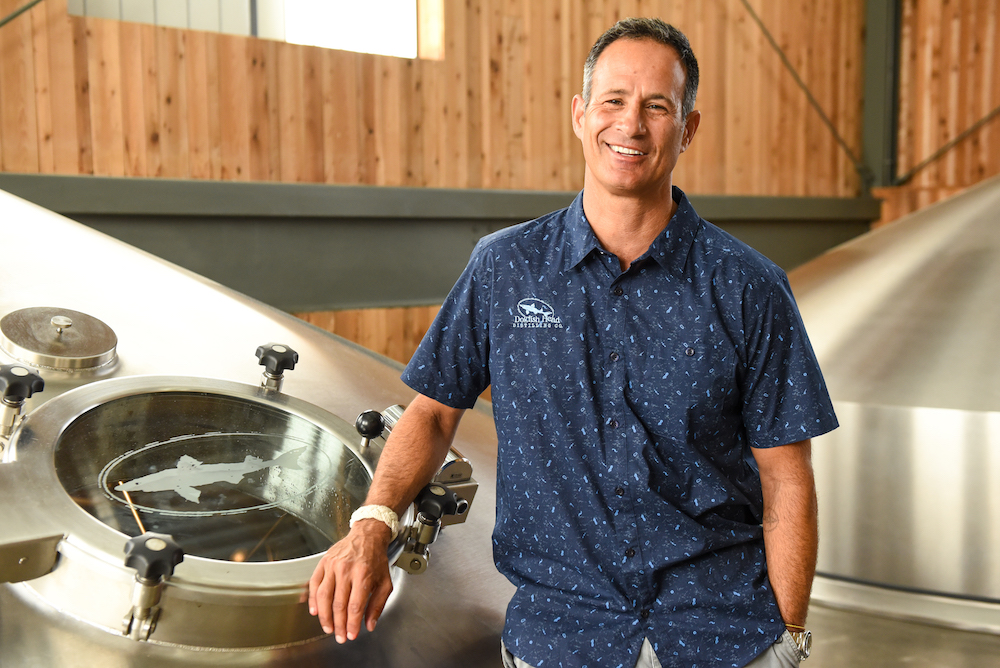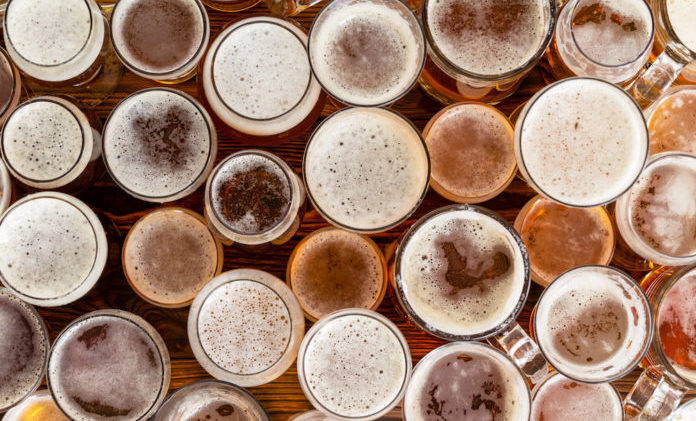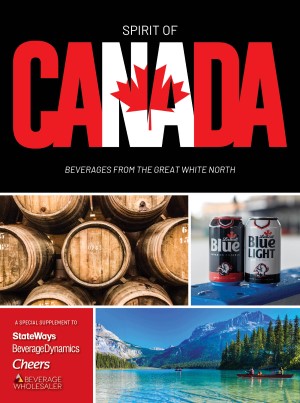The craft beer industry was growing steadily before COVID-19. Thanks to the rise of taprooms—allowing breweries of all sizes to generate consistent revenue—the category had found more room to expand. For many of these businesses, distribution mattered less than the customers who walked into breweries and bought pints.
What a difference a few months makes. The on-premise industry has shut down under the threat of the novel coronavirus. Suddenly the financial lifeblood of many breweries—their taprooms—has morphed into deadweight.
How can the industry survive? And what does the craft beer category look like on the other side of the pandemic?
How Many Breweries Will Close?
Initial forecasts are startling. An industry survey by the Brewers Association in early April indicated that 46% of respondents would not make it more than three months under current lockdown conditions. With around 8,000 U.S. breweries heading into the pandemic, that means about 3,600 would potentially close.
Agreeing with this estimate is Mike Stevens, cofounder of Founders Brewing Co. “I could see a new normal when we come out of this,” he says, “where we end up with 4,000, 5,000, or maybe 6,000 breweries.”
“It’s an unfortunate byproduct of the industry,” he adds. “Overwhelmingly the craft breweries that started up the last three to four years were centered on the taproom model. And now they’re closed down. They were already living week to week. I can remember those days. Asked to close down for months, many of these folks cannot open back up.”
And if they do open up, then what? Sam Hendler, cofounder of Jack’s Abby Craft Lagers, believes the most dangerous period for brewers is still yet to come.
“I do think that the vast majority of breweries make it to reopening day, assuming that day is at some point in June or July,” he says. “The question is, if it is 90 days until reopening, what does day 91 look like? Day 92? Day 120? How fast will consumers come back into taprooms, bars and restaurants?”

“I think fewer breweries will close the next six months than the following six months,” he continues. “Everyone is packing it in to get lean and survive right now, but not everyone will make it back to a sustainable business when they do get the doors open again. Landlords probably won’t still be working with us on delayed or partial payments of rent. Banks won’t be providing forbearance anymore. The consumers probably won’t flood back overnight.”
In the meantime, the federal government has offered small business relief loans. While perhaps not the financial remedy that some breweries may have hoped for, these loans can “help provide a bunch of breweries some cash and with that, ultimately, some time to figure things out,” says Hendler. “Time is a very valuable commodity these days and hopefully this can be a bridge for some breweries to survive this calamity.”
How Do Breweries Survive?
We have already seen the answer. Adaptation is everything, especially for smaller producers.
“Craft brewers are resilient and determined individuals that are continually adapting to the changing industry and marketplace,” says Dogfish Head founder Sam Calagione. “That resilience and determination, as well as their ability to be creative, will be the keys for any business—not just craft breweries—to survive this uncertain time.”
Innovation Brewing in Sylva, NC, is emblematic of the new-wave microbreweries. Opened in 2013 by Nicole and Chip Owen, the business became a local hotspot in this town of 2,500 people. Innovation grew with the industry in recent years. It added a wood-fired pizza restaurant, as well as a secondary brewing location. All signs were sunny.
Then came the virus.
“For us, our taproom was 90% of our business model,” Nicole Owen explains. “Obviously we got real hit. I think a lot of breweries are in the same boat. Fortunately we were under a major expansion, and weeks out from having canned beer.”
The brewery has since begun reaching out to retailers to carry their canned beer. Innovation also offers curbside pickup, and ships beer where possible. Although reduced, revenue is still coming in.
“All we can do now is try to adapt and hope that this is relatively short-term,” Owen says. “But maybe it’s not. Maybe the way we do business is now changed moving forwards.”
Longer-term she sees more breweries adding takeout and packaged beer, even if just in growlers or crowlers. Anything to get out product.

“It’s crazy because for the last 18 months we’ve been gearing up towards the launch of packaged product and we wanted it to be perfect without rushing it out,” Owen says. “And now it’s turned into, ‘Oh no, let’s just get cans out the door’.”
Suddenly the industry has become incredibly fluid.
“There will be upheaval. Through it, the smart and flexible breweries will find opportunities to win business,” says Hendler of Jack’s Abby. “That needs to be the focus. Be lean, but not so lean that you can’t pivot. Have a great plan, but don’t follow it blindly to your death, be ready to rip it up and start all over again at a moment’s notice.”
This sort of rapid but necessary change does not occur without fundamental shifts in the nature of a business.
“When all of that flips overnight, it is a shock to the system that goes beyond the practical challenges that will come,” Hendler adds. “It will challenge breweries to think hard about what is most important to them. We have never had to face existential threat as a business.”
“For many breweries, wrapped up in the brand and the company culture was growth itself,” he continues. “Growth has been the goal for so many people. Overnight that goal is now existence. That is a cultural shift that will shake a lot of businesses to their core. What does that mean for the daily decision-making of a founder? What about a sales representative who sells with the line, ‘Our brewery is on fire . . .We’re up X% this year?’ What does it mean to be a craft brewer fighting for your existence?”
Local vs. Macro: Who Wins?
COVID-19 has changed consumer buying patterns at retail. Rather than lingering in liquor stores while they look up Beer Advocate scores on their cell phones, many people now reach for whatever’s well known. Money is tight, and time outside the house is potentially unsafe.
“Consumers still love craft beer, but are shopping for quality, consistency and value a little more than prior to all this,” says Stevens of Founders. “Consumers were experimenting around a lot, with a lot of in and out among different brands. Now that luxury might not exist.”
This would seemingly benefit the bigger players. National brewers already boast brand-name recognition, plus the distribution channels to dominate in the last significant marketplace left for alcohol—retail.
“Before all this, larger brewers were forced to play local as much as we could,” says Stevens. “Now, we’re going to have a broader separating between larger and smaller breweries. I think with everyday consumer purchases you could see a deeper grab towards quality and value.”

“I think the local supplier is going to survive if they can make it to the end of this thing,” he adds. “But I also think that larger breweries will find more consistent space to play in.”
Hendler of Jack’s Abby agrees with this assessment of the changing economic landscape.
“If spending power is down, I would expect breweries in a position to drive volume of more-competitively-priced offerings to be at an advantage,” he says. “I think local is still a strength if everything else is apples to apples, but the days of $20 four-packs of cans may well be waning. A lot of breweries have not been challenged to be careful about things like cost of goods sold, and managing labor costs, as these are easily washed away by the margins of the taprooms and high priced four-packs. The brewers who can’t adapt to pricing pressure will have a tough time surviving.”
Adapting has also meant more than just curbside pickup and capturing retail. A number of states have recently changed their laws to allow craft breweries (and wineries and distilleries) to deliver product directly to consumers. What had been unimaginable in February — DTC options for local producers — is now another lifeline to help pull smaller businesses through this unusual downturn.
“With taprooms being affected by government-mandated closures, we’re seeing a lot of craft brewers exploring new and innovative ways of sharing their beers with drinkers,” says Calagione of Dogfish Head, “from curbside pick-up and delivery to utilizing delivery services and ecommerce platforms.”
Customers in certain states can place orders online and then the beer shows up on their doorsteps not long afterwards. It’s an unexpected, incredible convenience that may be difficult to reverse once COVID-19 abates.

What is Craft Beer, Post-Pandemic?
At some point, lockdowns will lift and people will return to whatever the new world looks like. The novel coronavirus will not vanish but remain an invisible threat until a vaccine arrives. The lingering danger of COVID-19, plus the economic turbulence from the lockdown, will assuredly trigger a recession.
What’s all that mean for craft beer?
A pullback from the taproom boom is likely.
“I think this crisis has cast a light on the fact that many breweries have not diversified their businesses very much,” says Hendler. “This crisis has come in and decimated the taproom model overnight, but it has also provided some opportunity in the wholesale/distribution marketplace.”
He does not envision the end of taprooms, of course, but predicts a more-flexible future for beer sales.
“As long as we someday return to some kind of normal where people do want to go out on Saturday afternoon for fun with friends, taprooms will be great venues to build brand loyalty and drive some great margins to the bottom line of breweries around the country,” says Hendler. “I would advise breweries to see it in that light and use it as a launching pad to bring their beer to the general retail marketplace, as well to build a stronger business which is more flexible to weather whatever storm comes our way next.”
Although the recession may mean fewer people in taprooms even after lockdowns end, the appeal of local should not diminish. Much the opposite, argues Owen of Innovation Brewing.
“I think this has taught people the importance of supporting their local communities,” she says. “It’s not just something that people say. It’s real. Local businesses are people who help communities survive and thrive. I think people are starting to realize that keeping your money local really does make an impact.”
And even with their wallets squeezed by recessionary conditions, it’s unlikely that consumers lose their taste for microbrews.
“Craft beer is a fairly affordable luxury,” says Calagione. “We may not see folks out buying new SUVs or taking extravagant vacations in a recession environment, but paying $2-3 more for a six-pack of their favorite indie craft beer instead an industrial light lager is an easy trade-up to digest — economically and literally.”
Kyle Swartz is editor of Beverage Dynamics magazine. Reach him at kswartz@epgmediallc.com or on Twitter @kswartzz. Read his recent piece How Liquor Stores Adapted to the COVID-19 Crisis.







